Trout Lake foreshore survey report now available
As the popularity of Trout Lake grows, both as a recreational hotspot and a scenic place to live, monitoring the lake’s foreshore is just as important as monitoring the lake’s water quality.
The lake foreshore is defined as the area along the lake between the low and high water mark, and is extremely valuable ecologically, culturally and economically. Around ninety percent of all lake biodiversity is found in the foreshore; it provides habitat for fish, nesting waterbirds, breeding amphibians, shorebirds and more. Culturally and archaeologically-significant sites may be found there. Erosion, flooding, and waves all impact the foreshore, and can cause extensive damage to properties and habitats.
Negative impacts and changes to lake foreshore can occur slowly over time and can also be difficult to detect. Living Lakes Canada, with support from Syilx Natural Resources and Okanagan Nation Alliance, has studied the foreshore of Trout Lake using a federal monitoring protocol called Foreshore Integrated Management Planning, or FIMP.
FIMP lake surveys can determine how much the lake foreshore health is changing over time. The monitoring can also highlight the effectiveness of lake management policies implemented by all levels of government as well as considering important Indigenous cultural values, Species at Risk and their habitat.

Trout Lake FIMP survey in August 2022. Photo by Wood Environment & Infrastructure Solutions.
“Trout Lake is an ecologically rich area providing habitat to various species of conservation concern, including Burbot and Bull Trout,” said Georgia Peck, FIMP Manager with Living Lakes Canada. “Through the 2022 FIMP survey, it was observed that 97.5% of the Trout Lake shoreline remains undisturbed which is a higher percentage of natural area relative to other large lakes in the Kootenays where FIMP has recently been conducted. The recommendations brought forth in this report provide an opportunity to get a head start on the development trends we are seeing in the Kootenays and to protect this critical habitat while it remains natural and intact.”
The foreshore survey was carried out by boat using GPS, and drone assessment. The comprehensive survey cataloged multiple observations: land-use (industrial, residential, commercial), shore type (cliff/bluff, rocky shore, sand beach), foreshore condition, the number of docks, weirs or other man-made developments, wildlife, vegetation, and many others.
The Trout Lake FIMP findings can be found in a report in the Columbia Basin Water Hub database, including Foreshore Development Guidelines.
“The Foreshore Development Guidance document is a resource that can be referenced by government, First Nations, stewardship groups, property owners or anyone wishing to learn more about the quality of habitat on the foreshore and the risks posed by different shore-altering activities,” said Peck.
A FIMP survey was completed in August 2022 along the entire 52,665 metres of the Trout Lake shoreline. The majority was observed in natural condition (51,404 m; 97.5%) while the remainder was classified as disturbed (1,261 m; 2.5%). The most common shoreline modifications were: roadways (1,881m, 4%), retaining walls (442m, <1%), erosion protection (44m, <1%), and substrate modification (105m, <1%).
Since 97.5% of the Trout Lake shoreline is undisturbed, the ecological value of the lake is rated High (93.7%) followed by Very High (3.4%), Moderate (1.4%), and Low (1.5%). Other land uses include single family residential (2%), and park (1%).
The overall level of impact is low (76%), with other levels of impact rated as none (22%), medium (2%), and high (0%).
Representatives from Syilx Natural Resources and Okanagan Nation Alliance participated in the field survey and contributed to the final reports.
“The foreshore of Trout Lake was surveyed and inventoried in the summer of 2022 to describe current shoreline values, identify sensitive habitats and provide guidance to landowners, stakeholders, and decision makers on how to protect sensitive habitats when land use changes are proposed,” said David Brooks-HIll, Columbia Shuswap Regional District Electoral Area B Director. “This work will enhance our understanding of the lake’s foreshore, and will also facilitate the identification of ecologically sensitive zones on an important lake for Species at Risk. I hope to take this study into account for future planning of development on Trout Lake to preserve the beauty and natural diversity of the area.”
Living Lakes Canada entered a four-year Contribution Agreement with Fisheries and Oceans Canada (DFO) and their Canada Nature Fund for Aquatic Species at Risk Program in 2019 to review and revise the FIMP methodology and map or re-map up to eight lakes. To date, four lakes have been surveyed for the first time and six lakes have been re-surveyed through the program.
To learn more, email georgia@livinglakescanada.ca.





